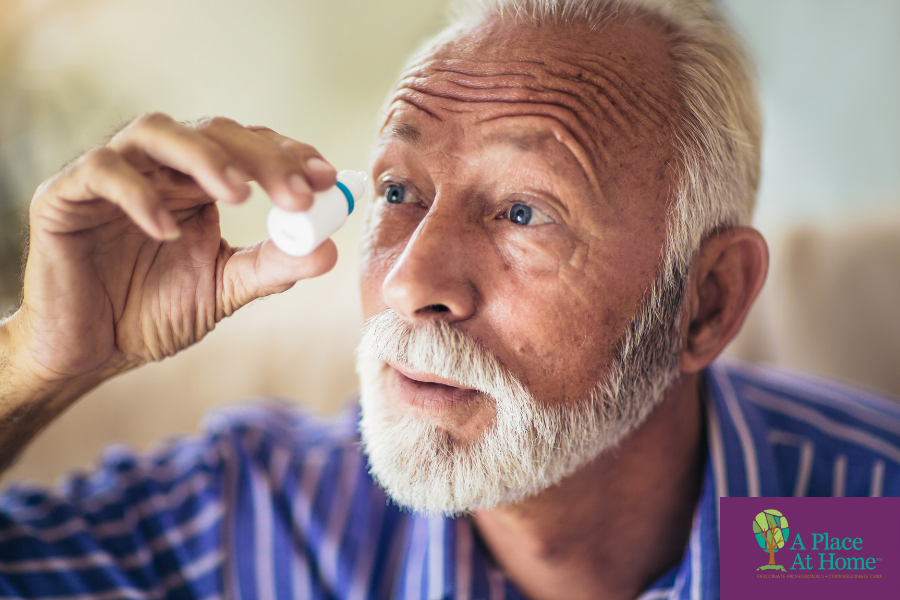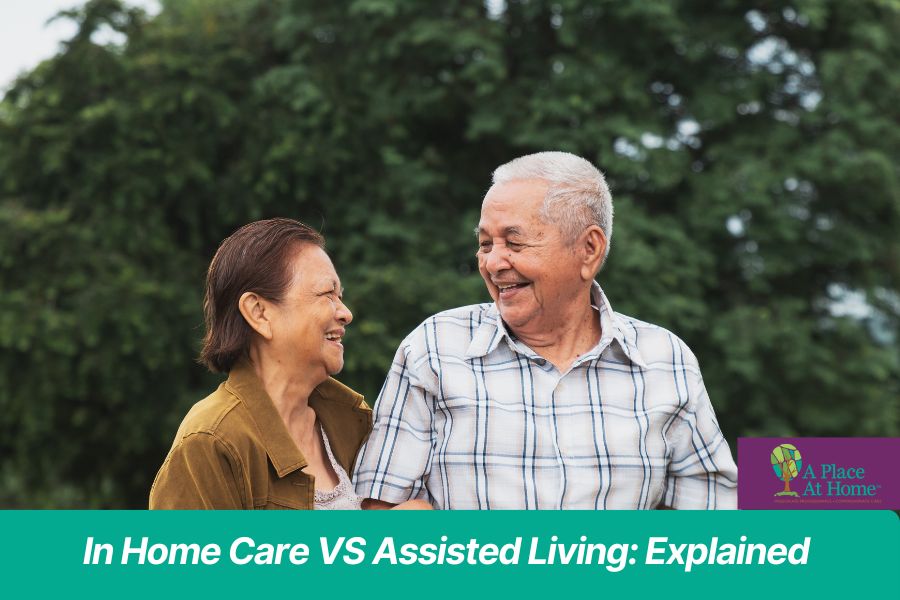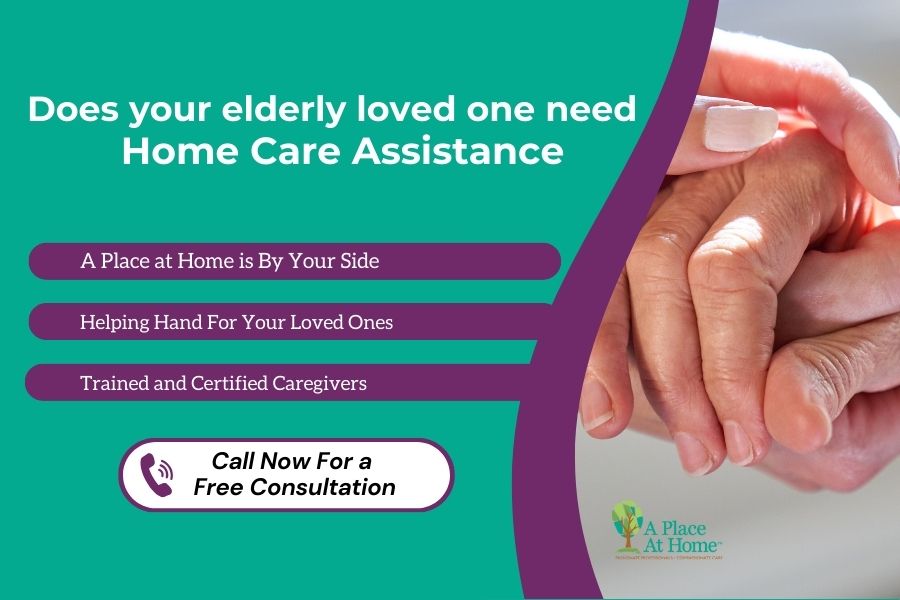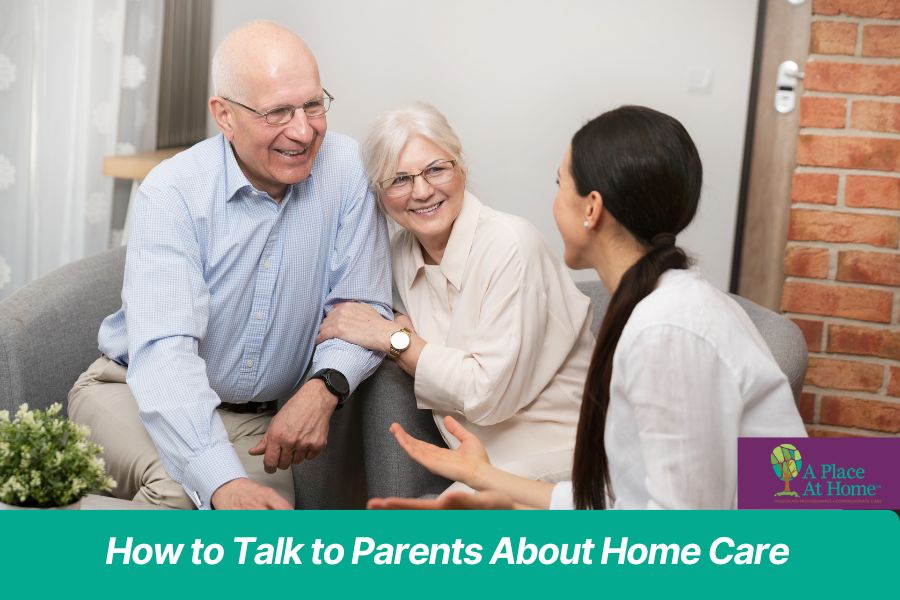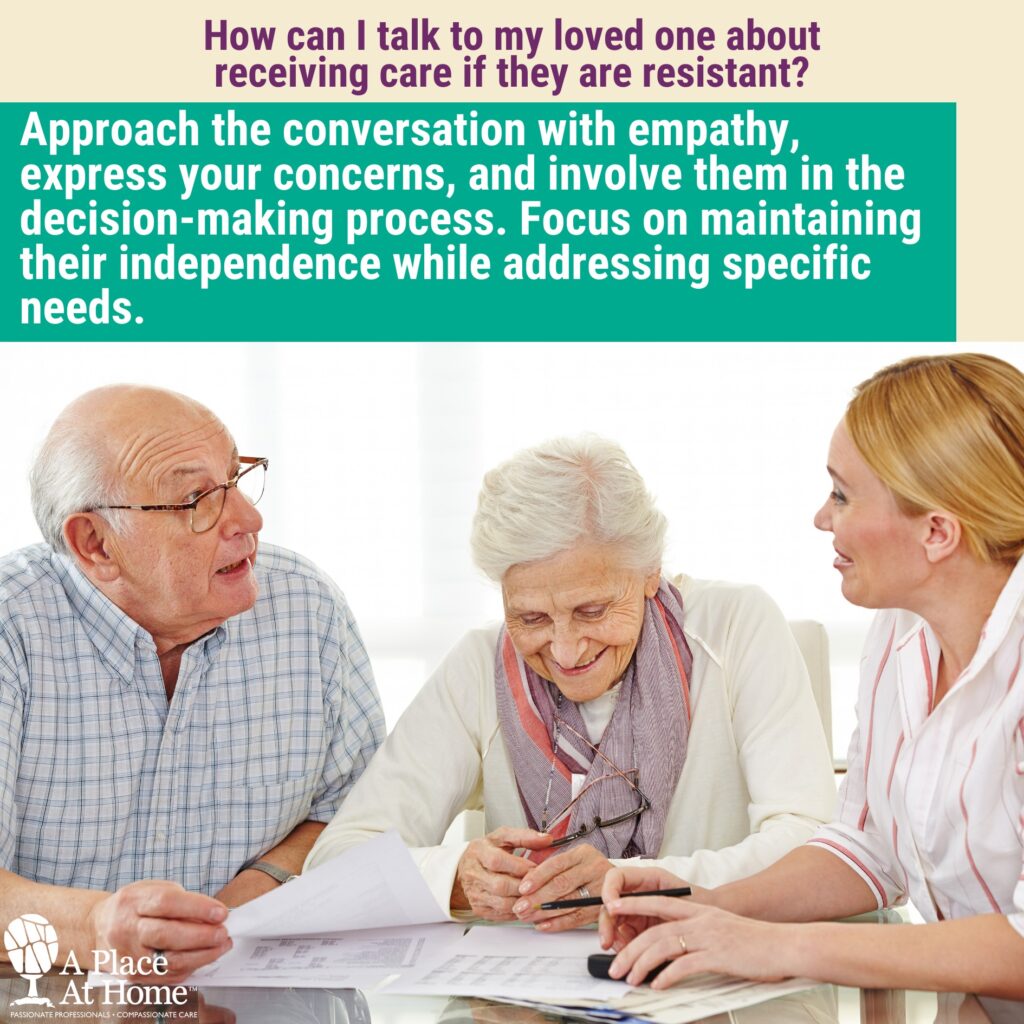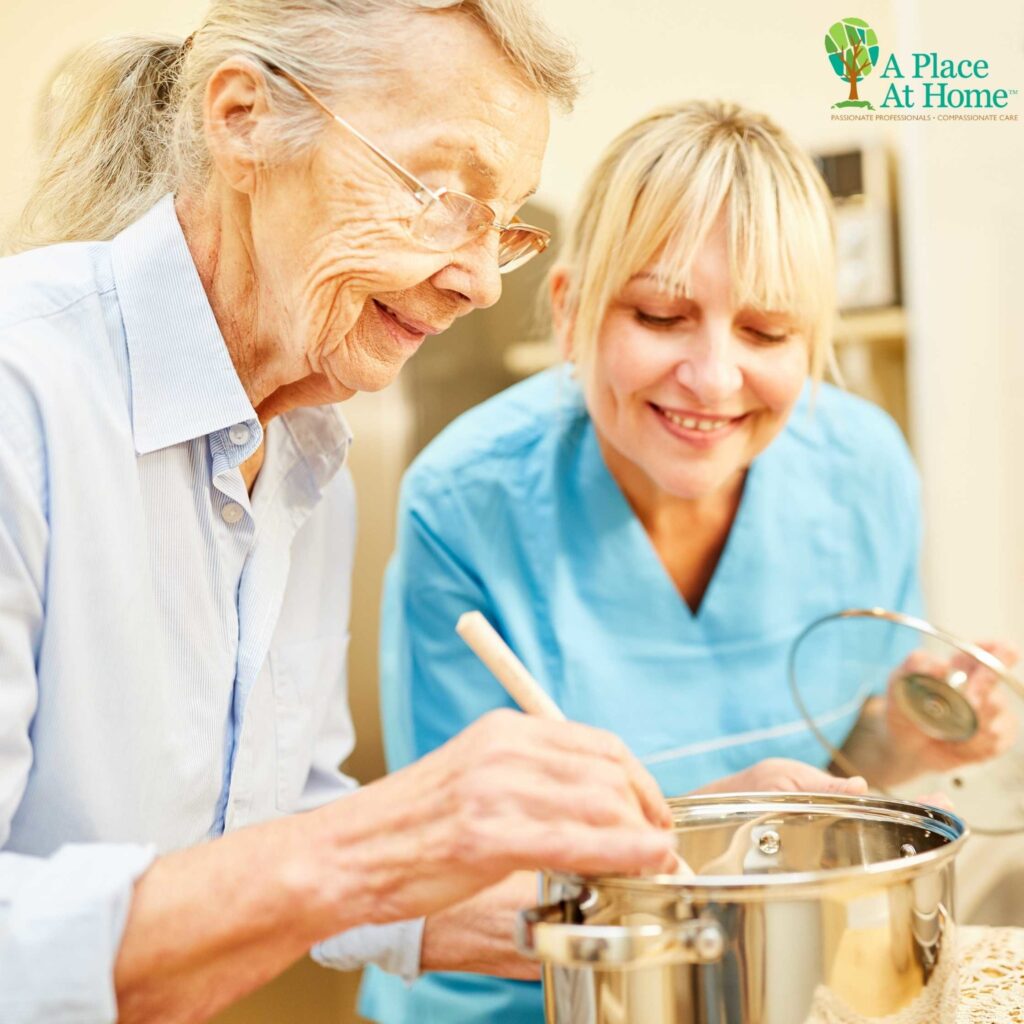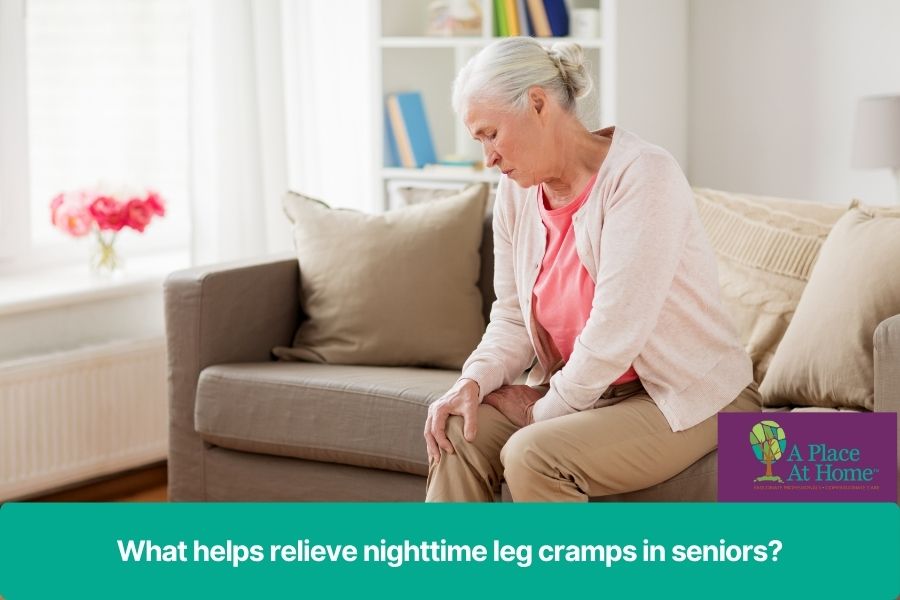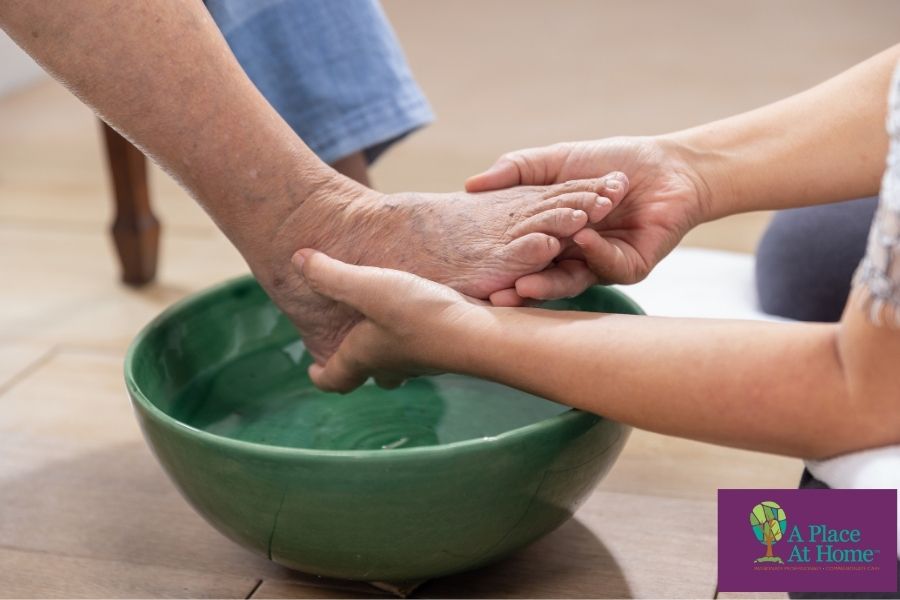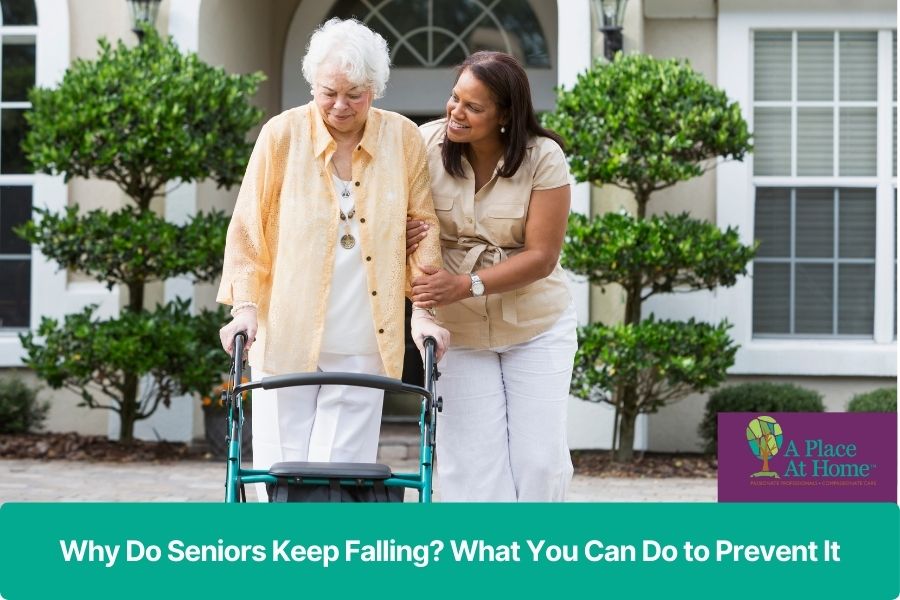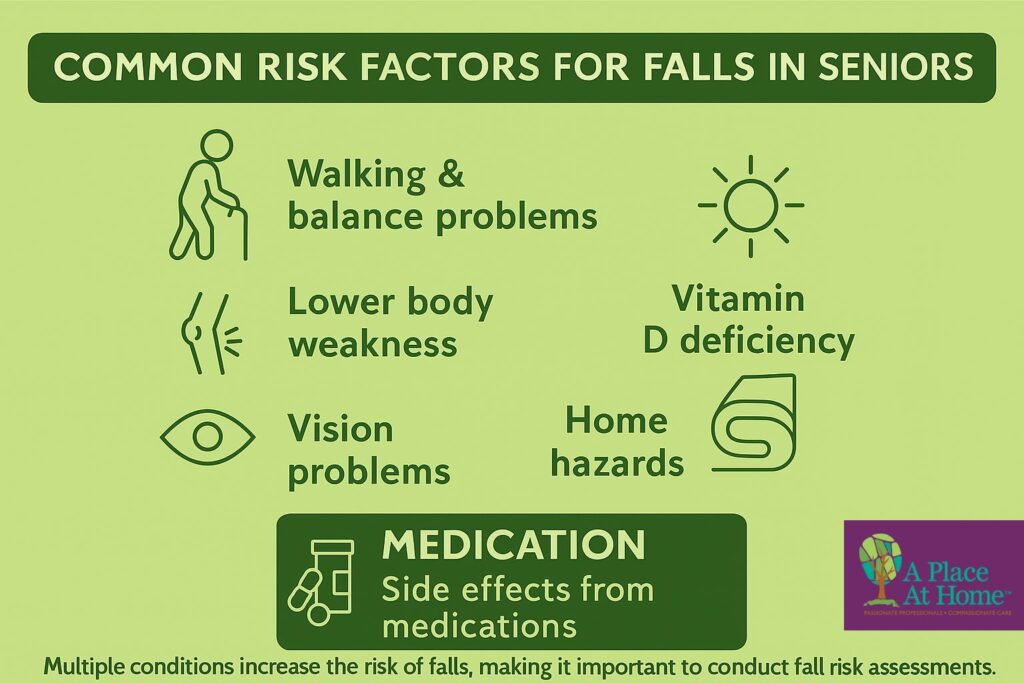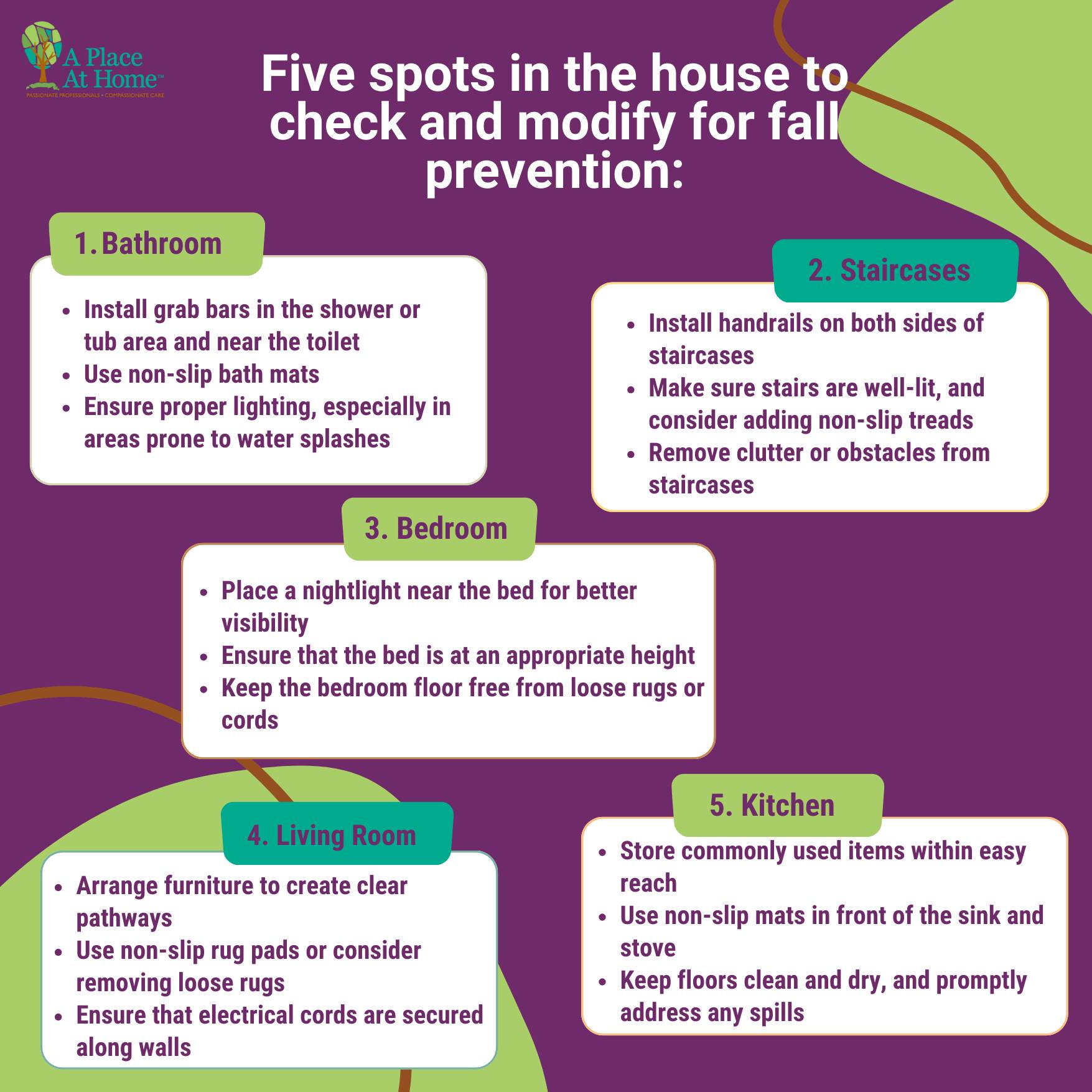If your parent or grandparent always has a tissue in hand, you are not imagining it—watery eyes, medically called epiphora, are very common as people age. Sometimes it is a mild nuisance, and other times it can signal that something in the eye’s tear system is not functioning properly. The reassuring news is that, with the right evaluation and care, most people can find meaningful relief.
Understanding the Tear System and Why It Changes with Age
Tears are not just water. They are a complex film made up of three important layers.
- The first is an oily layer that slows down evaporation and is produced by the tiny meibomian glands in the eyelids.
- The second is a watery layer that provides essential moisture and is produced by the lacrimal gland.
- The third is a mucin layer that helps the tear film spread evenly across the surface of the eye.
As the body ages, changes in any of these layers can upset this delicate balance. The watery layer may decrease in volume or evaporate more quickly if the oily layer is not functioning well. The position of the eyelids can also shift slightly inward, a condition known as entropion, or outward, known as ectropion. Both of these changes make it harder for tears to flow and drain properly. In addition, the drainage system itself, which includes the puncta, canaliculi, lacrimal sac, and tear duct, may become narrowed or even blocked.
When these changes occur, the eye surface often becomes irritated. In response, the body produces even more tears, creating the paradox of watery eyes caused by dryness or poor tear balance.
The Most Common Reasons Seniors Have Watery Eyes
1. Dry Eye That Triggers Reflex Tearing
It may sound contradictory, but dry eye is the leading cause of watery eyes in older adults. When the eye surface is dry and uncomfortable, the body responds by producing more tears. Unfortunately, these reflex tears are often watery and of poor quality, so they do not coat the eye properly. The result is a frustrating cycle of dryness, irritation, and constant tearing.
People with dry eye often notice burning, stinging, or fluctuating vision, especially when reading, using screens, or spending time outside in windy or cold weather.
2. Blocked or Narrowed Tear Drainage
Normally, tears drain from the eyes into small openings called puncta and then into the nose. As we age, these drainage pathways can narrow or become blocked. When that happens, tears pool on the eyelid and spill over the cheeks instead of draining normally.
Blocked tear ducts can also lead to crusting or repeated eye infections. Treatment can range from simple office procedures to surgery that creates a new drainage pathway.
3. Eyelid Position Changes
Eyelid muscles and tissues weaken with age, sometimes causing entropion or ectropion.
- Entropion occurs when the eyelid turns inward, causing lashes to rub against the eye.
- Ectropion occurs when the eyelid turns outward, so the puncta no longer touch the eye and tears cannot drain properly.
Both conditions are uncomfortable and lead to excessive tearing, but they are usually corrected with minor surgical procedures.
4. Eyelid Margin Inflammation (Blepharitis) and Gland Dysfunction
Blepharitis is a common condition in older adults where the eyelid edges become inflamed. The oil glands in the eyelids (meibomian glands) may not function well, leading to unstable tears. This can cause both dryness and excessive watering.
The most effective first step is daily eyelid care with warm compresses and gentle cleaning. In more severe cases, prescription anti-inflammatory drops or in-office treatments may be recommended.
5. Other Eye Conditions or Treatments
Watery eyes may also be linked to other issues, including:
- Allergic or irritative conjunctivitis
- Side effects after cataract surgery
- Medications such as glaucoma drops or eye drops with preservatives
- Systemic medications that reduce tear quality, such as antihistamines, diuretics, antidepressants, beta-blockers, or isotretinoin
If watery eyes began after a medication change, it is worth asking a doctor about possible alternatives.
Real-World Study: Dry Eye Syndrome and Treatment Outcomes
A comprehensive study published in the International Journal of Ophthalmology and Clinical Research analyzed 516 adult patients presenting with epiphora (watery eyes) at an inner-city ophthalmology clinic. The study aimed to identify the most common causes of excessive tearing and evaluate the effectiveness of various treatments. The findings revealed that 58.1% of patients were diagnosed with dry eye syndrome (DES), and of these, 40.1% did not have other ocular findings to explain their epiphora. Conservative management, including artificial tears and warm compresses, was recommended to the majority (86.4%) of the study population. Among those, 27.5% reported symptom improvement. Patients who underwent dacryocystorhinostomy (DCR), a surgical procedure to create a new tear drainage pathway, experienced a 90.1% improvement in symptoms. The study underscores the complexity of diagnosing and treating watery eyes in older adults and highlights the importance of a thorough evaluation to determine the underlying cause and the potential benefits of both conservative and surgical treatments. (Referred from ClinMed International Library)
When Watery Eyes Are a Red Flag
It is important to remember that not all watery eyes are harmless. You should encourage your loved one to seek medical care if they experience:
- Constant tearing that interferes with daily activities
- Pain, redness, or swelling around the eyes
- Vision changes, blurriness, or sensitivity to light
- Frequent eye infections or discharge
These symptoms may signal conditions that require professional evaluation and treatment.
How Eye Doctors Figure It Out: What to Expect at the Visit
If watery eyes are becoming bothersome, an eye doctor can usually identify the cause with a straightforward and gentle exam. There is no need to feel anxious, as the process is painless and designed to reveal what is happening.
During the visit, the doctor may measure how well the eyes are producing tears using a simple test called the Schirmer test. In this test, a small strip of paper is placed on the lower eyelid to measure how much it becomes moistened over a few minutes. The doctor may also check how quickly tears evaporate, which can reveal problems with the oily layer of the tear film.
To see the surface of the eye more clearly, a harmless dye called fluorescein may be used. Under a special light, the dye highlights dry patches, tiny scratches, or areas where tears are not spreading evenly. The position of the eyelids will also be examined, since lids that sag inward or outward can interfere with normal tear flow.
If a blocked drainage system is suspected, the doctor may gently flush fluid through the tear ducts. If the fluid does not pass easily or pushes mucus back toward the eye, this confirms that the drainage system is contributing to the problem.
This careful evaluation allows the doctor to determine whether the tearing is due to excessive tear production, poor-quality tears, or a drainage issue. Once the cause is understood, treatment can be directed appropriately and is often very effective.
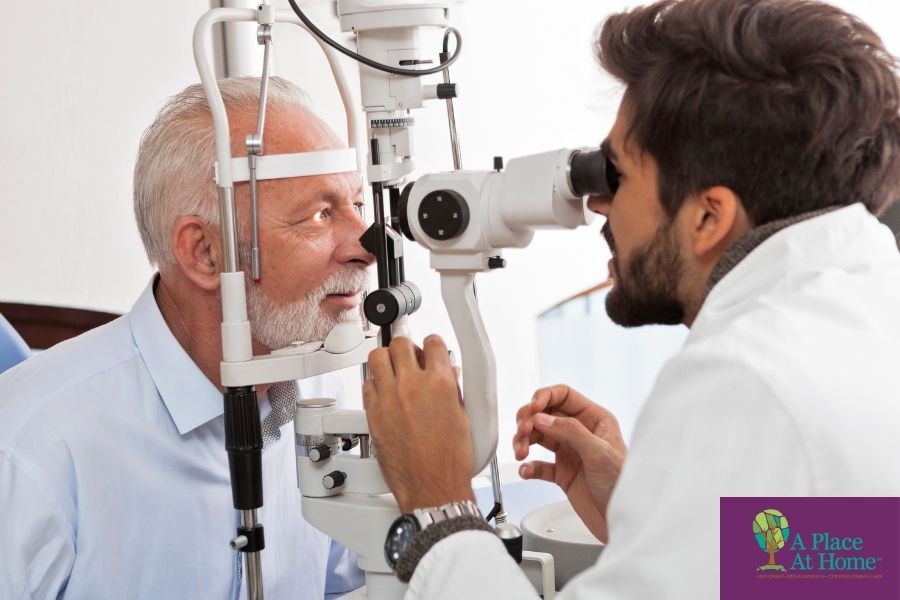
How to Treat Watery Eyes in Seniors?
Because watery eyes can have different causes, treatment is matched to the specific problem.
When Dry Eye or Gland Dysfunction Is the Cause
- Artificial tears, ideally preservative-free if used more than four times a day.
- Warm compresses and daily eyelid hygiene to improve oil flow and clear debris.
- Prescription anti-inflammatory drops such as cyclosporine or lifitegrast if surface inflammation is a factor.
- Simple environmental adjustments, such as using a humidifier, taking regular blink breaks, or wearing wraparound glasses outdoors.
- Punctal plugs, tiny devices placed in the tear ducts to conserve tears. Doctors often start with dissolvable trial plugs to see if the treatment helps before using longer-lasting versions.
When Drainage or Eyelid Position Is the Problem
- Lubricating eye drops may provide short-term comfort, but the most effective solution for eyelid malpositions such as entropion or ectropion is outpatient eyelid surgery.
- For blocked tear ducts, options include dilation, irrigation, or stenting in the office. More advanced blockages may be treated with dacryocystorhinostomy (DCR) surgery, which creates a new tear pathway and has a high success rate.
When Medications Play a Role
Some common medications, including antihistamines, diuretics, antidepressants, beta-blockers, and isotretinoin, can reduce tear production or irritate the eye. If tearing started after a new prescription, it is worth reviewing alternatives or adjustments with your doctor or pharmacist.
When Blepharitis Is Present
Daily eyelid care is essential. This often includes warm compresses, gentle cleansing with diluted solutions or special wipes, and in some cases topical or oral medications to reduce inflammation.
Simple Ways to Ease Discomfort at Home (Caregiver Approved)
Even before medical treatment begins, there are small steps that can help keep eyes more comfortable.
- Dab gently with a soft tissue or cloth rather than rubbing the eyes.
- Use warm compresses for dryness or blocked oil glands, and cool compresses if allergies are the problem.
- Protect eyes from wind and sun with glasses, and avoid sitting directly in front of fans or vents.
- Stay hydrated and give the eyes regular breaks during reading or computer use.
- Seniors with limited hand strength may find unit-dose artificial tear vials or nighttime gel drops easier to manage.
- These changes will not cure the problem on their own, but they can provide comfort while medical treatment takes effect.
Consider In Home Care For Your Loved One
If your parent or grandparent is living with watery eyes, vision changes, or other health concerns, daily life can quickly become overwhelming. Managing medications, keeping up with appointments, and remembering simple routines are not always easy for seniors to handle alone. That is where we come in.
At A Place At Home, we proudly serve families in Pembroke Pines, Weston, Davie, and Hollywood, Florida. Our home caregivers provide gentle support with medication reminders, personal care, and companionship, while also watching for changes such as persistent watery eyes that may need medical attention. We believe every senior deserves to feel safe, comfortable, and cared for in the place they call home.
Call A Place At Home-Weston today at (954) 335-9284 to schedule a free consultation.
Frequently Asked Questions
Why are mornings and windy days often worse?
Overnight, the eyelid glands can stagnate, and debris can build up along the lashes. Wind, dry air, or cold temperatures then trigger reflex tearing. A warm compress in the morning and protective glasses outdoors often help.
Can a Brain Tumor Cause Watery Eyes?
In some cases, a brain tumor can affect the facial nerves, leading to a condition known as facial palsy. When this happens, it may interfere with the normal function of the eyelids. As a result, a person may experience watery eyes, dryness, difficulty fully closing the eyes, redness, or even blurred vision. If the eyelids cannot close properly, tears are not spread evenly across the eye’s surface, which leaves the eye exposed for longer periods and can cause irritation.

